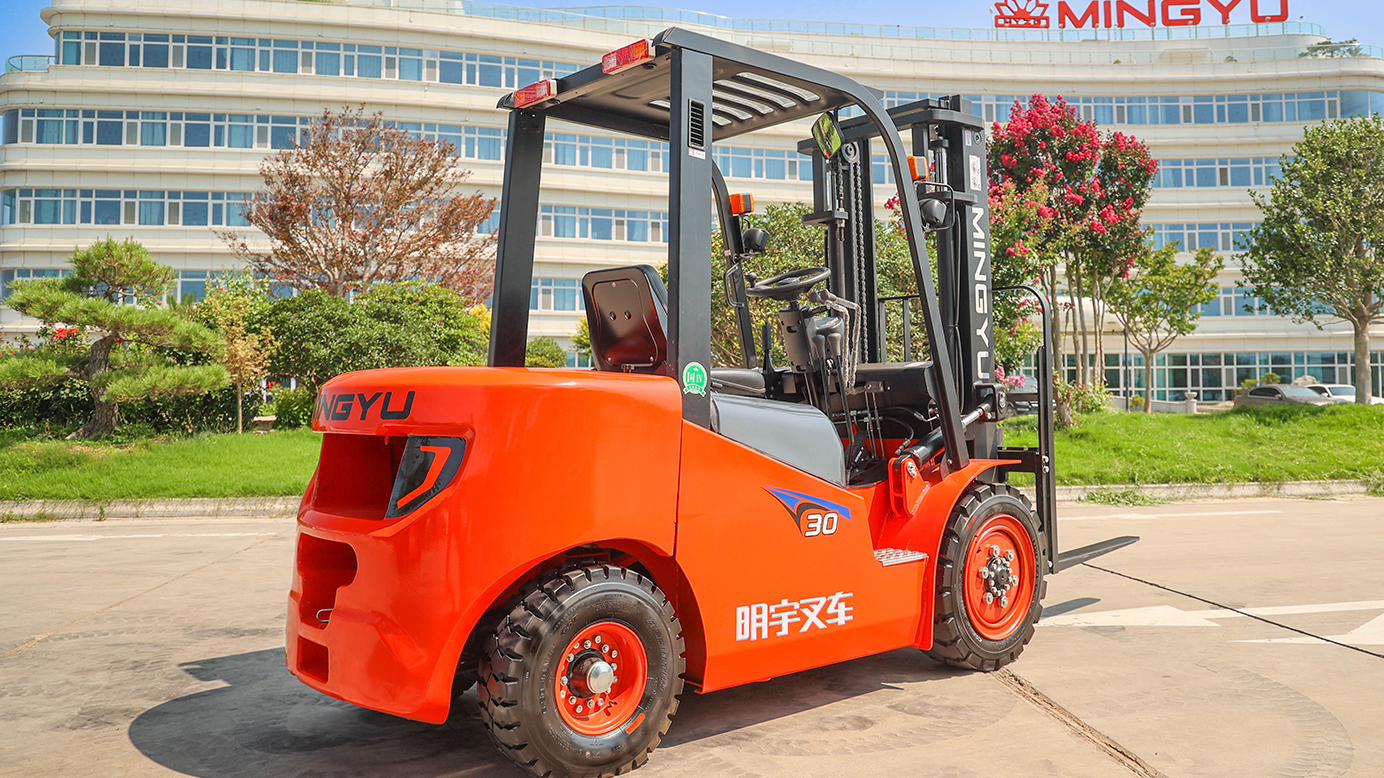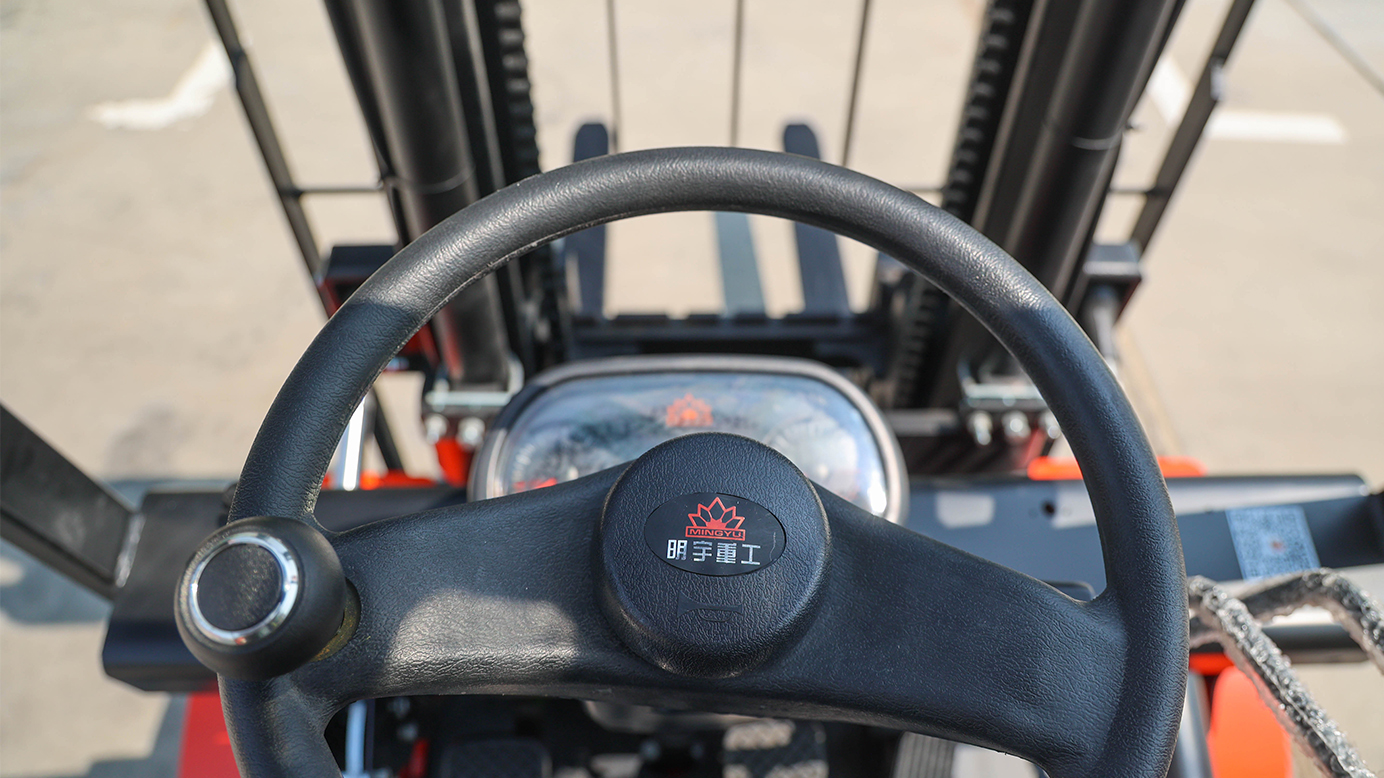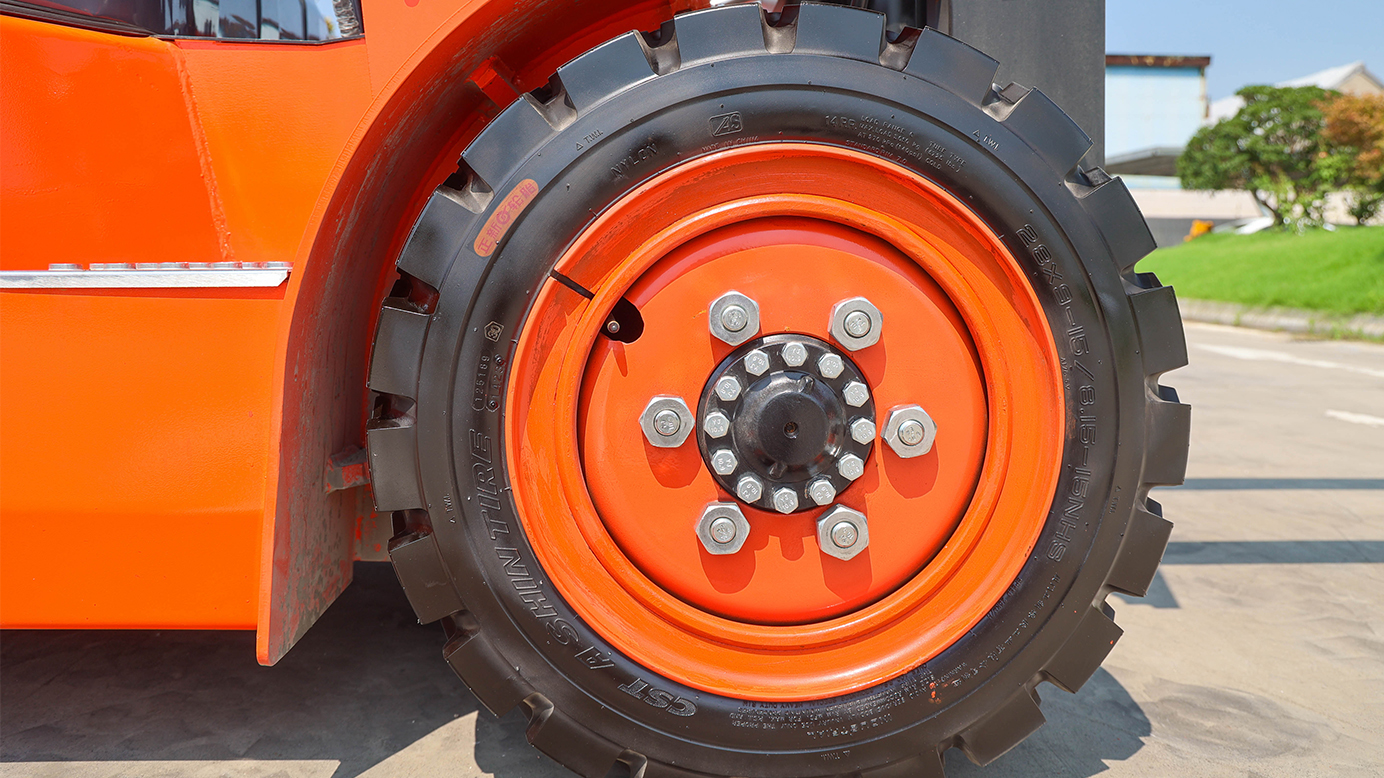1. Introduction
Diesel forklifts are essential in various industries, offering power and versatility for material handling tasks. However, whether they are used indoors or outdoors, operating them comes with inherent risks. The safety of forklift operators, workers, and others in the vicinity is paramount to ensuring a smooth and accident-free workplace. Different environments, such as indoor warehouses and outdoor construction sites, require specific safety measures due to varying risks and operational conditions. This article will delve into the safety regulations for operating diesel forklifts in both environments, with a focus on emission control, fire safety, equipment maintenance, and general safety standards.
2. General Safety Regulations for Diesel Forklifts
When operating any type of forklift, including diesel-powered models, operators and employers must adhere to strict safety regulations to minimize risks. Key safety regulations are outlined by organizations like OSHA (Occupational Safety and Health Administration) and ANSI (American National Standards Institute).

2.1 OSHA and ANSI Standards
OSHA sets forth the general requirements for forklift operation, such as ensuring that operators are properly trained and certified. These regulations include mandates for operator qualifications, safety training, and the inspection of equipment before operation.
ANSI outlines the design, performance, and maintenance standards for forklifts, providing guidelines that manufacturers and employers must follow to ensure the equipment meets safety and performance requirements.
2.2 Employer and Operator Responsibilities
Employers are responsible for providing adequate training, ensuring that equipment is regularly maintained, and establishing safe operational procedures. Operators, on the other hand, must follow all safety protocols, conduct pre-operation checks, and report any faults or safety concerns immediately.
2.3 Training and Certification Requirements
To operate a diesel forklift safely, operators must undergo comprehensive training that includes both theoretical knowledge and practical skills. The training should cover proper forklift operation, load handling, hazard recognition, and emergency procedures. Certification is required to ensure operators are fully capable of handling the equipment safely.
3. Safety Regulations for Operating Diesel Forklifts Indoors
Indoor environments, such as warehouses and factories, present unique challenges when operating diesel forklifts due to confined spaces, poor ventilation, and the risk of fire. The following are the primary safety regulations for operating diesel forklifts indoors.
3.1 Emission Control and Ventilation
One of the biggest safety concerns for operating diesel forklifts indoors is the risk of carbon monoxide (CO) buildup. Diesel engines emit harmful gases, including CO, which can be fatal in poorly ventilated spaces. To mitigate this risk:
Proper ventilation is crucial. The space must have sufficient airflow to disperse exhaust fumes, particularly in large warehouses or closed spaces.
Alternative fuel forklifts, such as electric or LPG-powered models, are sometimes recommended for indoor use to reduce emission risks.
Regular monitoring of air quality in indoor environments is essential for the health and safety of all workers.
3.2 Fire Safety and Fuel Storage

Diesel forklifts operate on highly flammable fuel, and improper handling or fuel storage can lead to fire hazards. Safety regulations include:
Refueling should be done in designated areas with proper spill containment measures.
Fire extinguishers should be readily available, and workers should be trained in their use.
Fuel storage areas must be well-ventilated and located away from ignition sources.
3.3 Noise and Space Constraints
Noise levels inside a warehouse can become dangerous, especially if the forklift operates for long periods. Forklifts are typically loud, and constant exposure to high noise levels can lead to hearing damage. Regulations require:
Operators to wear hearing protection if the noise level exceeds safe limits.
Employers must ensure adequate spacing for maneuvering forklifts safely, taking into account aisles, obstacles, and clearance areas.
4. Safety Regulations for Operating Diesel Forklifts Outdoors
Operating diesel forklifts outdoors comes with its own set of risks, primarily related to terrain, weather, and visibility. Here’s a breakdown of key safety regulations for outdoor forklift operation.
4.1 Terrain and Weather Conditions
Outdoor environments can be unpredictable, and factors such as uneven surfaces, inclines, and inclement weather pose serious risks. Operators must:
Exercise caution when driving on uneven or rough terrain to prevent rollovers.
Use extra care when operating in adverse weather conditions like rain, snow, or icy surfaces, as these can affect the forklift’s traction and stability.
Slow down and increase caution on slopes to avoid tip-over accidents.
4.2 Visibility and Lighting
Visibility is critical when operating diesel forklifts outdoors, especially at night or during poor weather conditions. Regulations state:
Forklifts should be equipped with proper lighting, including headlights and tail lights, for visibility in low-light environments.
Reflective vests or other high-visibility gear should be worn by operators and workers in the vicinity to improve safety.
Clear and well-marked pathways should be established, and operators should avoid operating the forklift in areas where visibility is severely limited.
4.3 Load Stability and Handling
Handling loads on uneven ground or in challenging outdoor conditions requires specific precautions to maintain stability:
Ensure the load is evenly distributed and within the forklift’s rated capacity to avoid tipping.
Use appropriate attachments for rough terrain to help distribute weight and stabilize the load.
Maintain proper speed and keep the forklift’s forks low when transporting loads to prevent sudden shifts in balance.
5. Maintenance and Inspection Requirements
Proper maintenance is critical to ensuring that diesel forklifts remain safe to operate. Regular inspections help prevent mechanical failures and reduce the risk of accidents.
Daily Pre-Operation Checks: Operators should inspect forklifts before each shift, checking for oil levels, tire condition, fluid leaks, and functioning of brakes, lights, and horns.
Periodic Maintenance and Servicing: Forklifts should undergo scheduled maintenance as recommended by the manufacturer, including servicing the engine, hydraulic system, and fuel system.
Identifying and Addressing Mechanical Issues: Any mechanical issues or faults should be reported immediately, and the forklift should be taken out of service until repaired.
6. Common Mistakes and How to Avoid Them
Operating diesel forklifts safely requires attention to detail, but certain mistakes are common in both indoor and outdoor environments.

6.1 Ignoring Safety Checks
Failing to conduct daily safety checks can lead to mechanical failures or accidents. Operators should follow a detailed checklist to ensure all components are functioning properly.
Overloading is a significant risk factor that can lead to tip-overs and mechanical failure. Operators must always ensure that the load does not exceed the forklift's rated capacity.
6.3 Neglecting Ventilation in Indoor Spaces
Working in poorly ventilated indoor spaces can lead to carbon monoxide poisoning. Employers should ensure adequate ventilation and consider alternative fuel forklifts for indoor use.
6.4 Operating Without Proper Training
Operating a diesel forklift without proper certification or training is a serious violation of safety regulations. Operators must complete appropriate training to handle the equipment safely.
7. Conclusion
The safety of diesel forklift operations—both indoors and outdoors—relies heavily on strict adherence to established regulations. Whether managing emission control in indoor environments or handling weather-related hazards outdoors, operators and employers must prioritize safety through proper training, regular maintenance, and continuous vigilance. By understanding and complying with these safety regulations, organizations can reduce accidents, prevent injuries, and maintain a safer work environment for everyone involved.
Post time:Mar.28.2025
